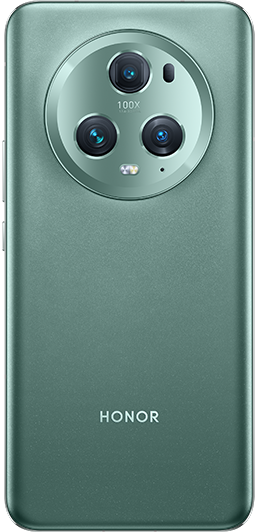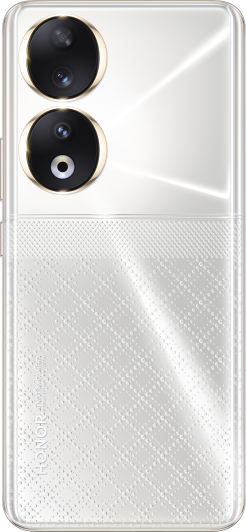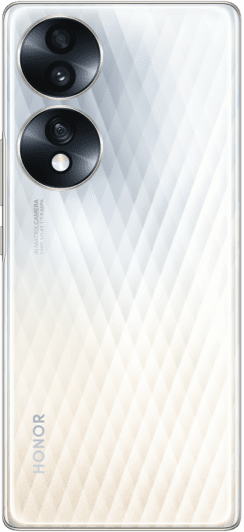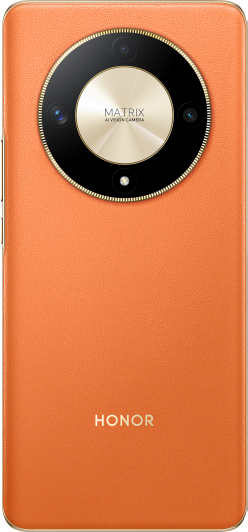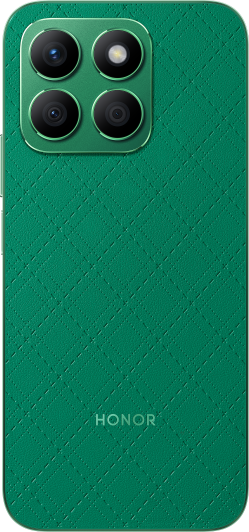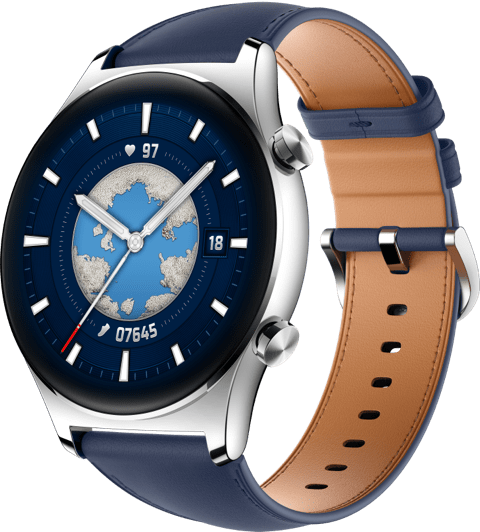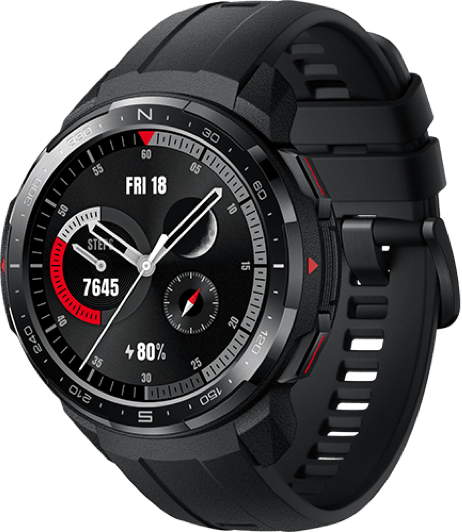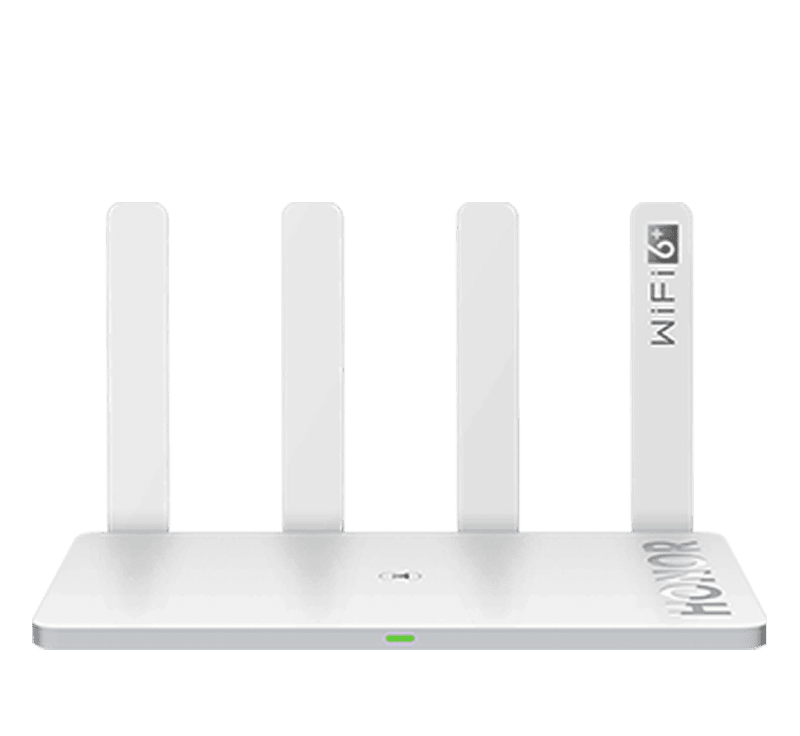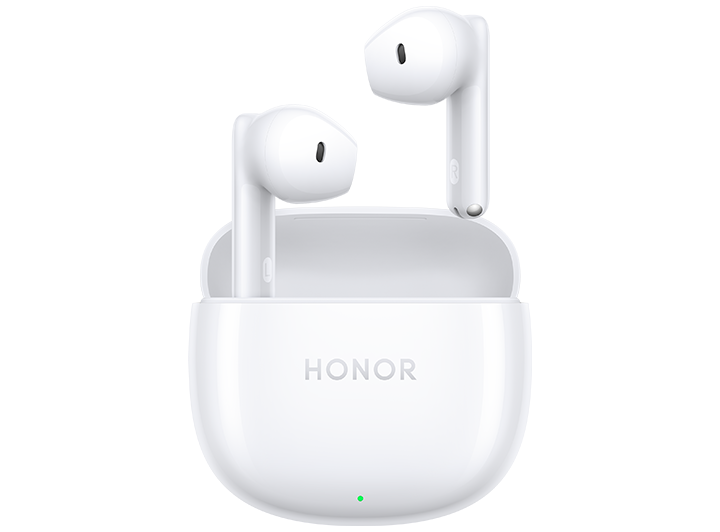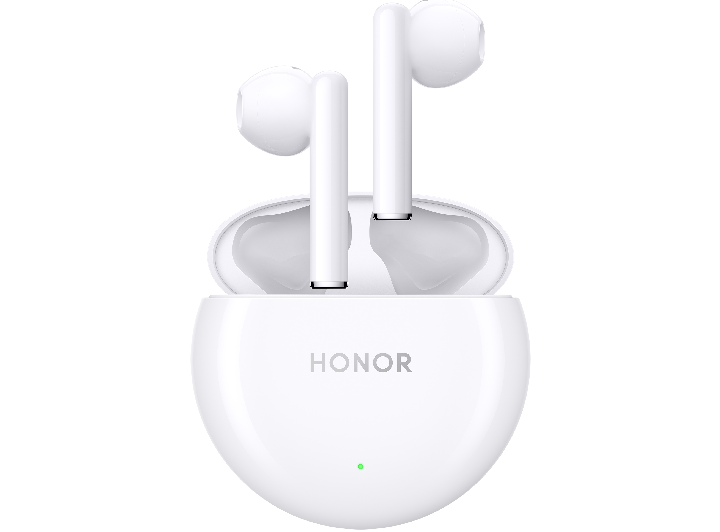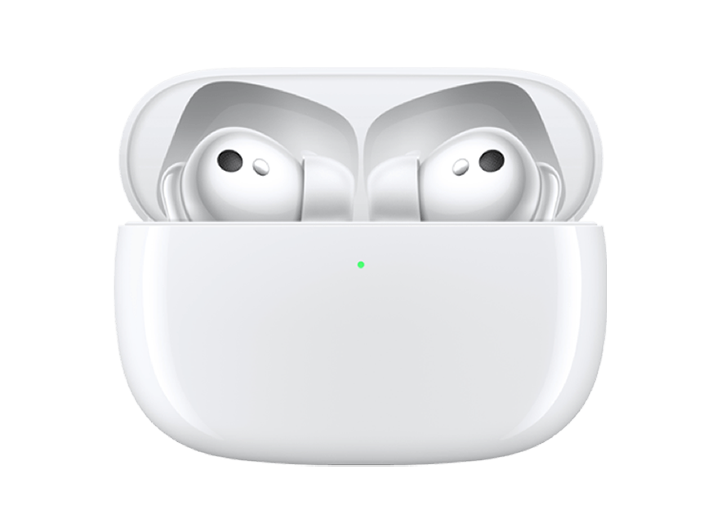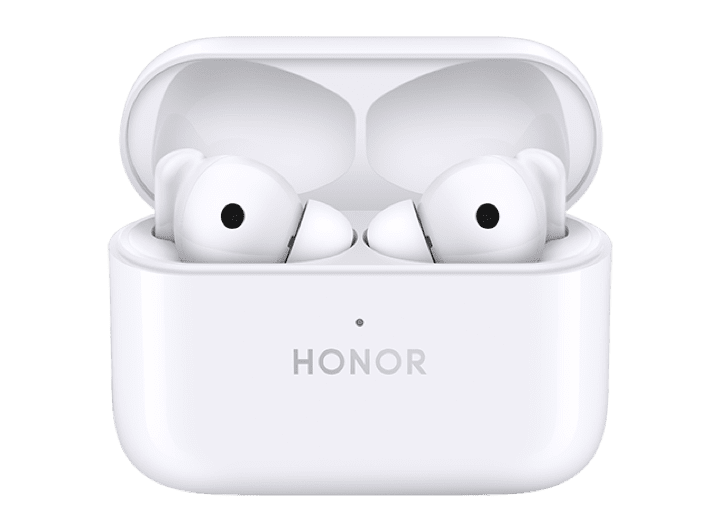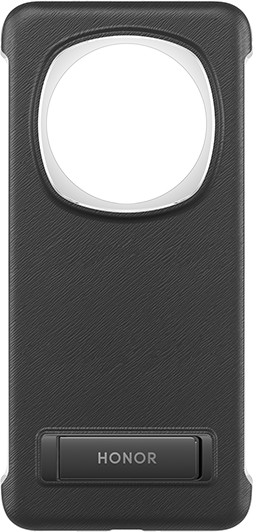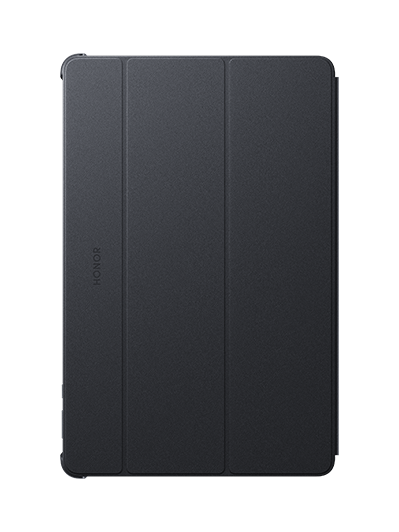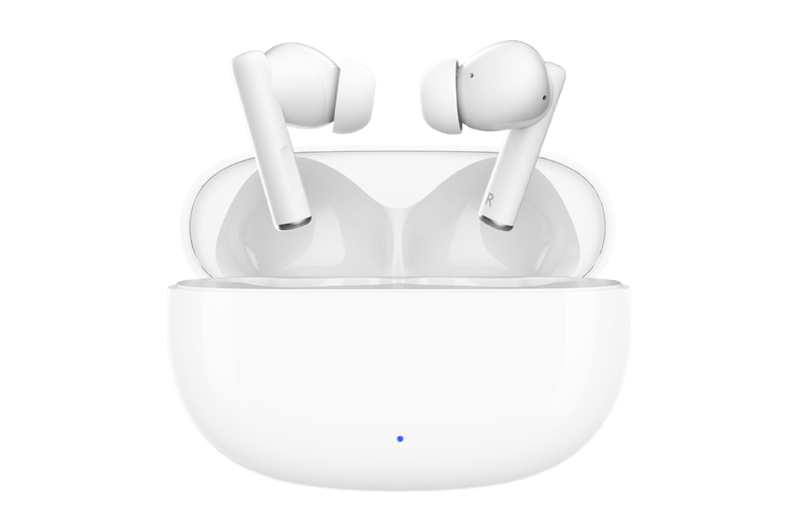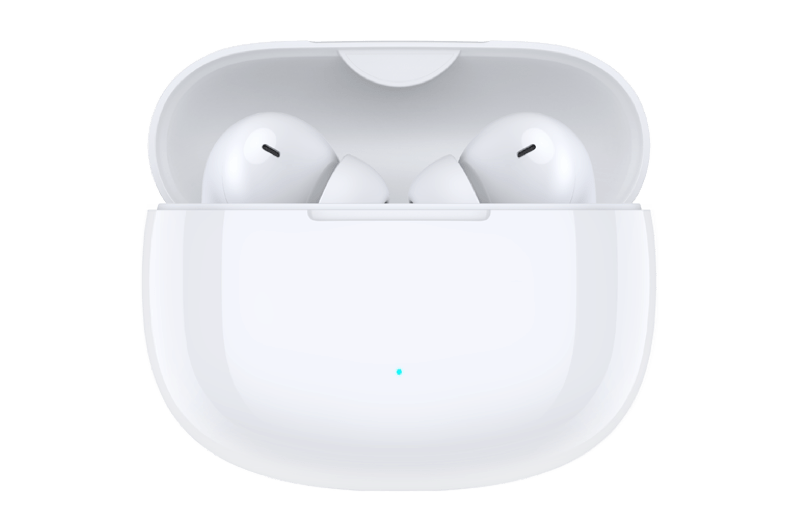TOP

我的荣耀 开启荣耀之旅
By clicking AGREE, you indicate that you accept the HONOR PLATFORM TERMS OF USE.
Keep up to date with Honor products, services and discounts via email.
For further details about withdrawing your consent, please see HONOR Platform Privacy Statement.

Better Basic Functions. Better Call Quality
Do you care about the call quality of your smartphone?
With the rapid development of smartphones, more and more users (including mobile phone manufacturers) are getting more interested in smartphones’ hardware performance and software experience, but gradually ignoring their most important basic function more and more: making calls.
As a daily communication tool, smartphones are primarily used to make phone calls, so the call quality is without doubt one of the most important indicators of its performance. Generally, users judge a smartphone’s call quality by audio quality including volume and ease of recognizing the caller’s voice. In a call with good quality, you can hear the pronunciation of every word clearly without an interrupted flow of sound. Otherwise, the voice is intermittent and has noise, echo, and background noise. One party cannot hear the other party or the two parties cannot hear each other. Call drops may even happen during a call with bad quality. Therefore, to ensure the call quality and improve user experience, the influences on calls should be studied from multiple aspects to optimize the call quality using reasonable and effective methods.
What affects the smartphone call quality?
During daily use, smartphone call quality is affected by the phone hardware, call environment, and other factors.
From the perspective of smartphone hardware, the audio components have only one function, which makes it difficult to create something unique. So smartphone manufacturers won’t take higher cost to produce better audio components.
From the perspective of smartphone software, users are using more and more applications and manufacturers are focusing on the optimization of how smooth the system runs and application compatibility while paying less attention to the call quality.
From the perspective of call environment, the voice pickup distance and the surrounding noise will affect the volume and ease of recognition of the voice during calls. For example, when you are making a phone call at home and the other party tells you that your voice is too soft to hear, you have to yell or put your phone closer to your mouth. But if you are outdoors with blowing wind or shopping on a noisy street, the other party cannot hear you no matter how loud you yell. This is because the surrounding noise is so loud that it blocks out your voice and decreases the ease of your voice recognition.
The Honor 7 improves its call quality in its own way.
The Honor 7 takes the following measures to improve its call quality and user experience.
Instead of using low-cost capacitive microphones, the Honor 7 adopts two silicon microphones with high sensitivity and dynamic range. The sensor is installed inside the chip using advanced MEMS technology, so the components have better consistency and anti-interference capabilities than traditional capacitive microphones.
The Honor 7’s silicon microphones are far more sensitive (–38 dBV/Pa) than ordinary microphones. Under the same conditions, the Honor 7 is able to receive a better audio signal, have greater voice recognition, and support longer call distance with lower power consumption.
The maximum input sound pressure of the silicon microphone is 123 dB, which has a larger dynamic range. For example, if you use the Honor 7 to record a rock & roll concert, the recorded sounds will not break or crack.
Besides the dual silicon microphones, the Honor 7 adopts the self-developed noise reduction algorithm to achieve even better call quality.
(The human voice is blocked out by the background noise before enabling the dual microphone noise reduction feature.)
(The noise is eliminated without reducing the voice signal after enabling the dual microphone noise reduction feature.)
In addition, to eliminate the interference from the wind for outdoor phone calls, the Honor 7 is specially designed with smart wind noise reduction mode. When you are making a phone call outdoors, the Honor 7 detects that the user is in a windy environment by analyzing the signals, and then automatically enables this mode to reduce the wind noise.
In conclusion, through a series of hardware and software optimization measures, the Honor 7 is able to give you a pleasant call experience even in noisy environments.
Subscribe To Our Newsletter - Discover HONOR
By entering your email address, you agree to receive the latest offers and information on HONOR products, events and services. You can unsubscribe from email by entering the link in email messages. You hereby consent to share or transfer your email address to our third-party subscribe service provider located in Hong Kong.
Copyright © Honor Device Co., Ltd. 2020-2024. All rights reserved.
![]() 粤公网安备44030002002883号 粤ICP备20047157号
粤公网安备44030002002883号 粤ICP备20047157号
We use cookies and similar technologies to make our website work efficiently, as well as to analyze our website traffic and for advertising purposes.
By clicking on "Accept all cookies" you allow the storage of cookies on your device. For more information, take a look at our Cookie Policy.
Functional cookies are used to improve functionality and personalization, such as when playing videos or during live chats.
Analytical cookies provide information on how this site is used. This improves the user experience. The data collected is aggregated and made anonymous.
Advertising cookies provide information about user interactions with HONOR content. This helps us better understand the effectiveness of the content of our emails and our website.








